1095 - 1099
The First Crusade is called by Pope Urban II and Antoich and Jerusalem are retaken.
The First Crusade is called by Pope Urban II and Antoich and Jerusalem are retaken.
Sugar is discussed in the Gesta Francorum recording the First Crusade. Crusaders bring back 'sweet reeds' and the knowledge of how to refine sugar.
The first Cistercian monastery is founded in Molesme, France. Cistercian and Benedictine monasteries become major wine producers in France.
The first sugar is recorded in England.
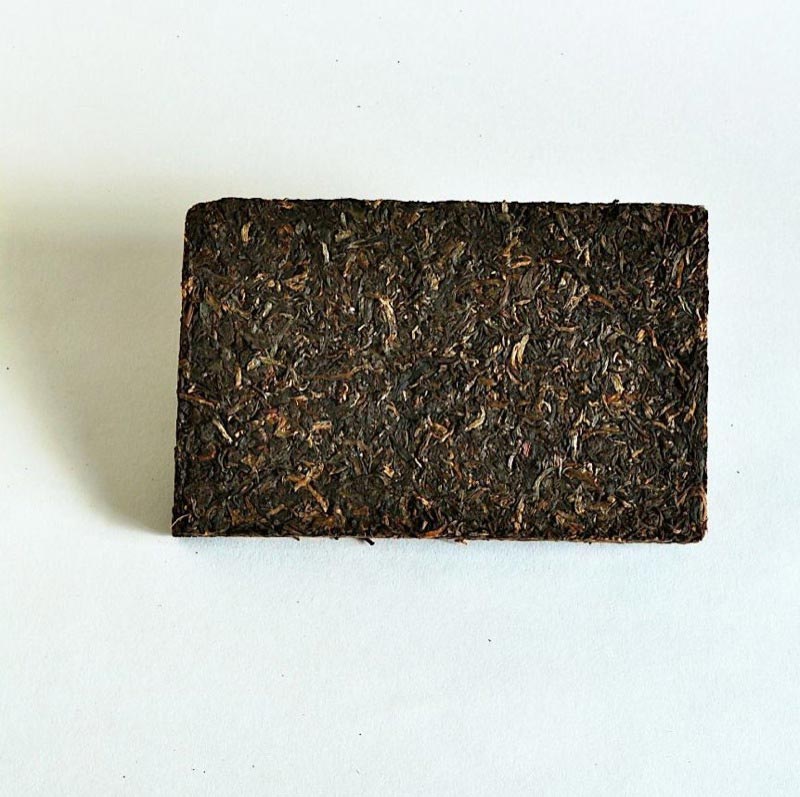
Tea bricks are used as currency on the Silk Road.
The cog (one mast, square rigged vessel) is in common use in European trade.
The Distillation of alcohol is carried out at the School of Salerno in southern Italy.
The Anasazi people abandon their pueblos for cliff dwellings.
Significant deforestation occurs in Europe as nations build wooden ships and need more timber for fuel, houses and carts.
Emperor Huizong writes his Treatise on Tea. Chinese tea gardens start to proliferate.
The Knights Templar are formed and specialise in warfare and banking.
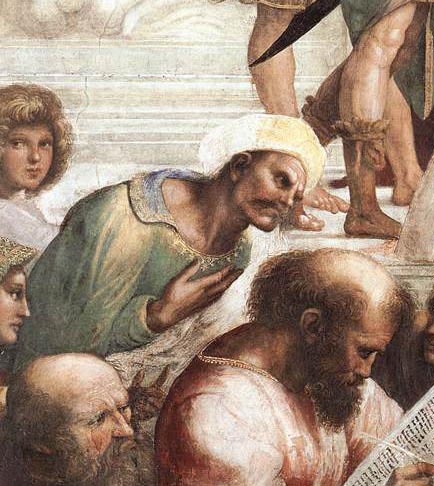
Averroes.
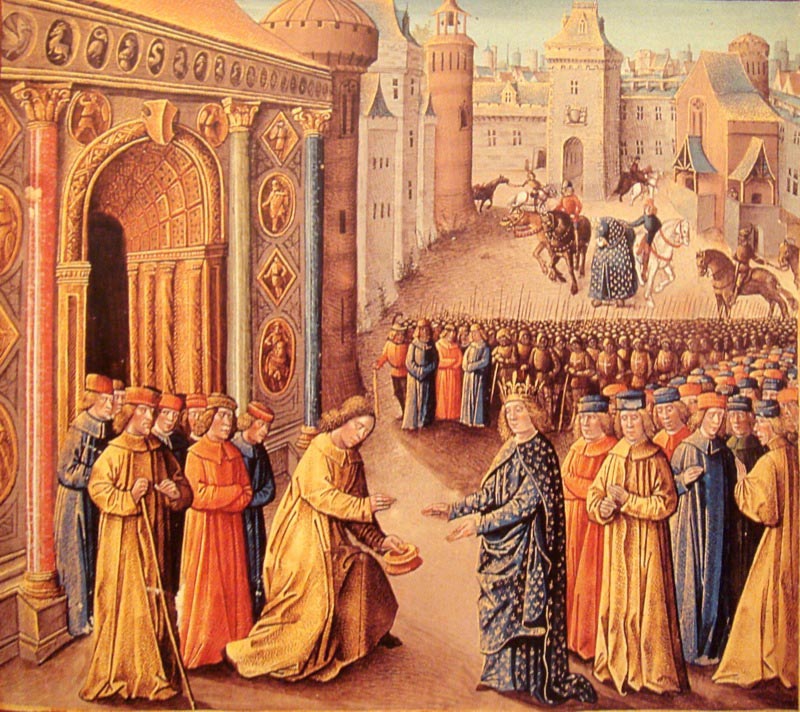
The Second Crusade led by King Louis VII of France.
The Bordeaux region is controlled by England and the wine trade expands rapidly.
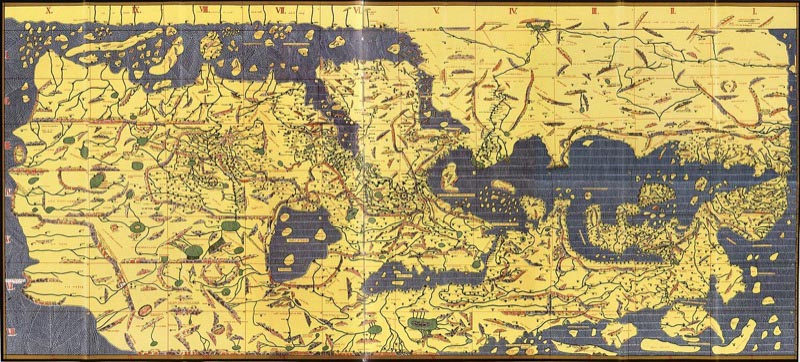
Muhammad Al-Idrisi creates a world map for the Norman King Roger II of Sicily.
The first reference to pasta made from durum wheat appears in a Sicilian manuscript.
Frederick I Barbarossa is made Holy Roman Emperor.
A letter from 'Prester John' is spread around Europe talking of the riches of Asia.
Norman Invasion of Ireland.
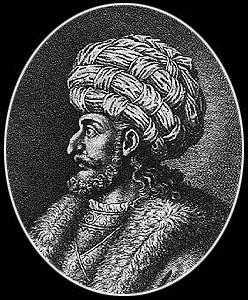
Later hero of the crusades Saladin sends his master Nourredin, the Caliph of Syria, a service of chinaware to congratulate him on his conquest of Egypt.
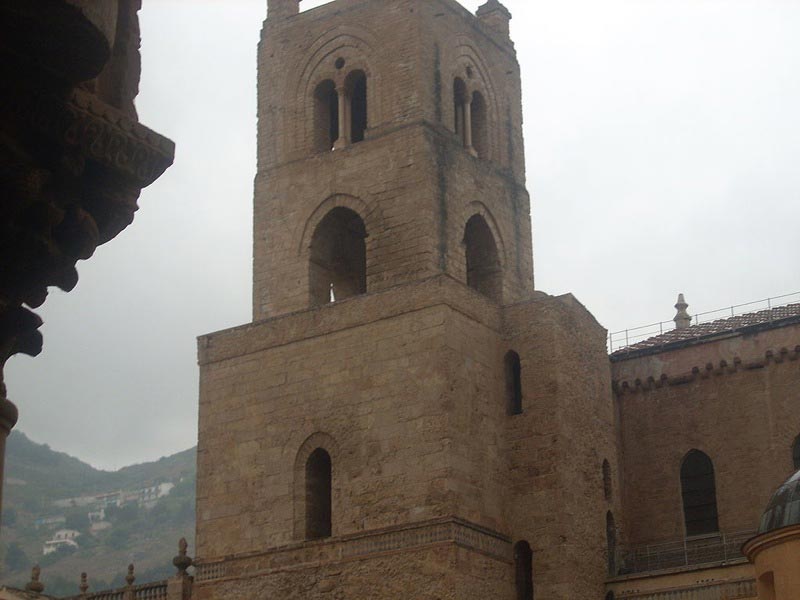
Monreale Cathedral is built in Palermo district by William II of Sicily. The Abbey estates grow sugar cane and have mills to process it.
Avicenna's Canon of Medicine is translated into Latin, making European scientists aware of the power of opium.
Portugal is recognised by the Pope as an independent state.
The Guild of Pepperers is founded in London.
St Francis of Assisi.
Only a handful of beavers are recorded as surviving in Britain.
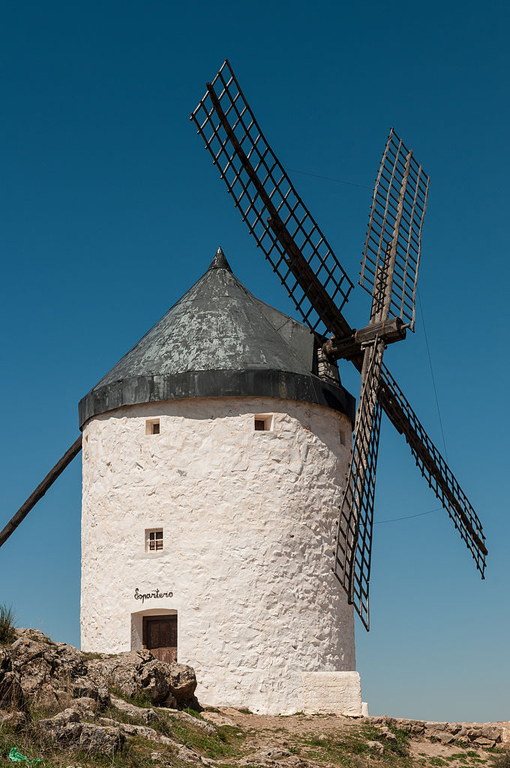
A vertical windmill is built in Yorkshire to grind grain.
The Third Crusade called by Pope Gregory VIII and led by Emperor Frederick Barbarossa, King Philip Augustus of France and King Richard I of England, but fails to retake Jerusalem.
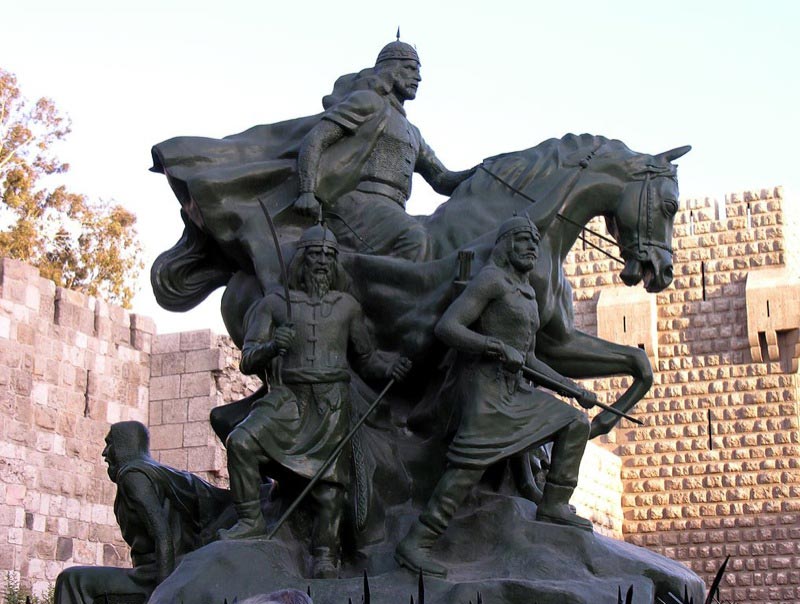
Muslim leader Saladin retakes Jerusalem.
Myoan Eisai returns from China and introduces Zen Buddhism and tea drinking to Japan.
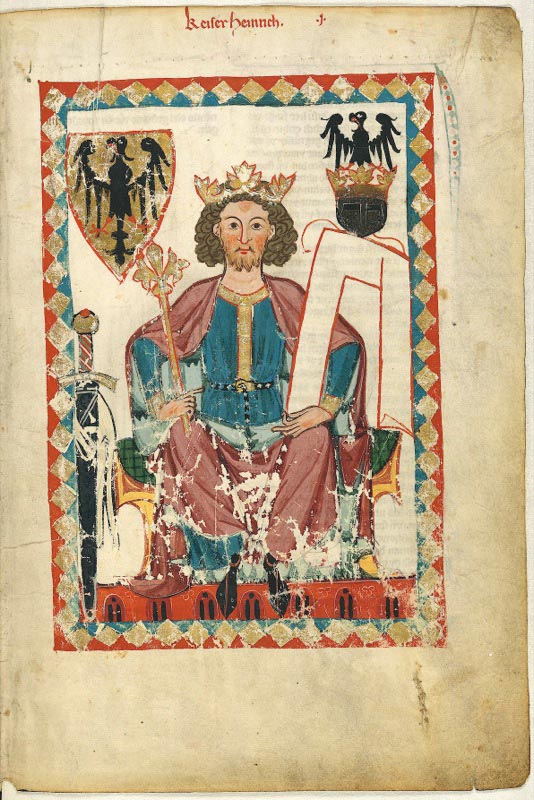
Henry VI, King of the Germans, becomes Holy Roman Emperor and later King of Sicily, expanding the domains of the Empire.
Albertus Magnus.
Muhammad of Ghor (Afghanistan) captures Delhi.
The French Guild of Spicers is established around this time.
Indian medical texts mention the medicinal uses of opiates.
Coal smoke begins to foul the air in England.
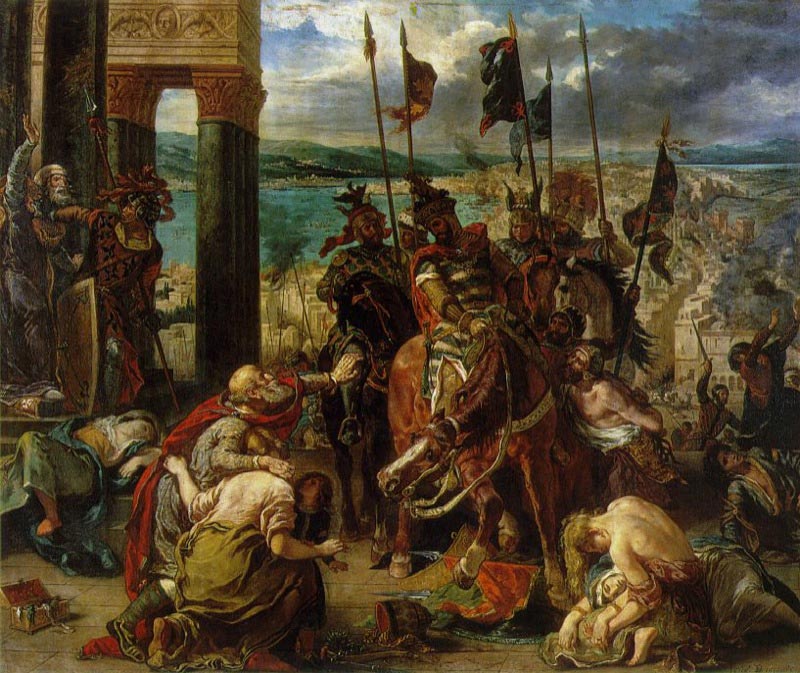
Venetian funded Fourth Crusade results in the sack of Constantinople, ending the power of the Byzantine Empire.
Genghis Khan unifies the tribes and forms the Great Mongol State.
Qutb-ud-din Aibek succeeds Muhammad of Ghor and establishes the Delhi Sultanate, which lasts for over 300 years.
Rumi, Sufi cleric.
Myoan Eisai writes the Kissa Yojoki or 'Staying Healthy by Drinking Tea' in Japan.
Japanese artist learns the secrets of Chinese hard-paste porcelain production and Japan begins to produce better specimens. Japan comes to compete with China on quality.
Roger Bacon.
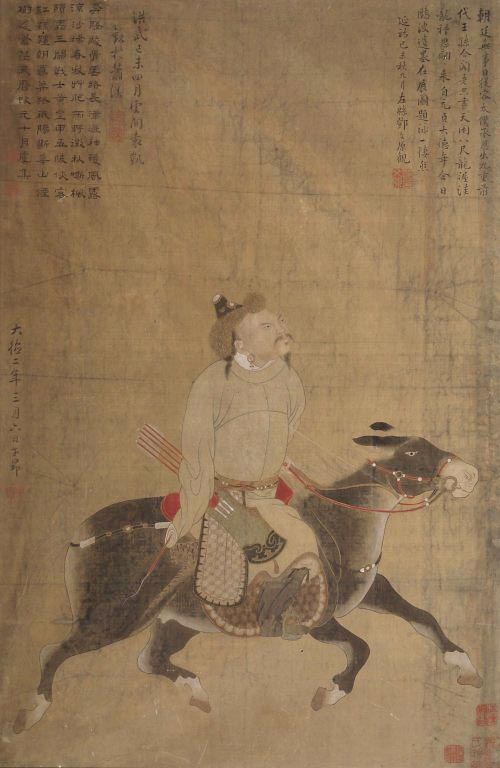
Genghis Khan sacks Beijing.
The Fifth Crusade.
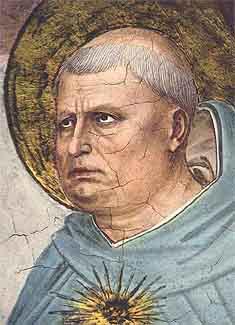
St Thomas Aquinas.
Cotton becomes a major crop in China.
The Sixth Crusade led by Holy Roman Emperor Frederick II.
Ogedai, Guyuk and Mongke Khan enforce the Pax Mongolica.
Holy Roman Emperor Frederick II encourages sugar production, which produces valuable tax revenues.
Northern China is invaded by Mongol armies.

Work commences on the building of Cologne Cathedral. It is completed in 1880.
Wool felting techniques spread west following the Fall of Kiev.
The Mongol forces capture Kiev.
Arab soldiers and scientists learn of gunpowder from China and spread it throughout the Caliphate and into Europe.
Mongol forces use canon at the Battle of Mohi.
Italian priest, Giovanni da Pian del Carpine, leads the first embassy from the Pope to the Great Khan and travels to Poland, Russia and Mongolia.
Muslims are expelled from Portugal.
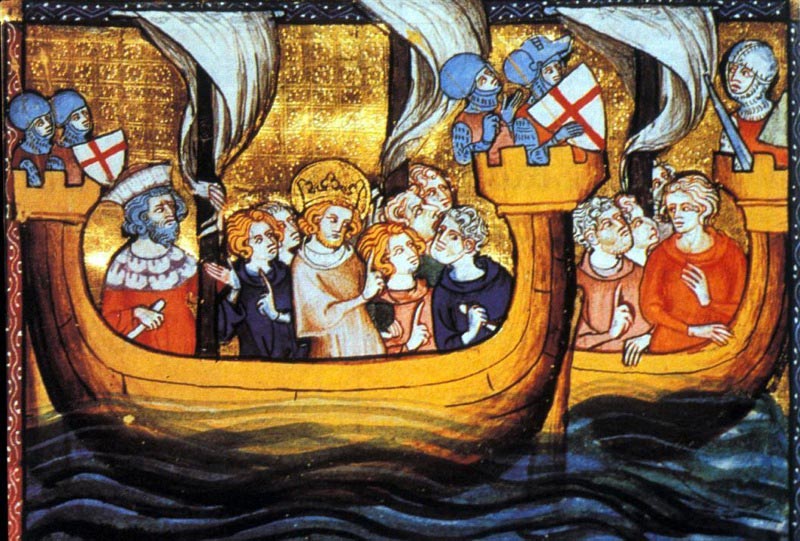
The Seventh Crusade.
Polynesian explorers settle in New Zealand.
Albertus Magnus and other alchemists describe gunpowder.
The spindle wheel is in use in Persia.
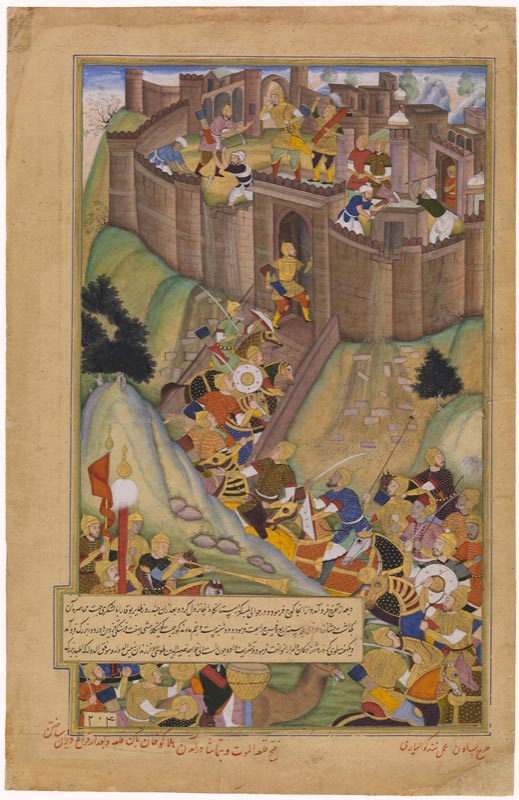
Hulagu Khan sacks Baghdad, causing a hiatus in the Caliphate.
Venetian merchants, Niccolo and Maffeo Polo (Marco's father and uncle), travel from Constantinople to the Black Sea, to the court of Kublai Khan.
Reign of Kublai Khan over the Mongol Empire including China.
Michael VIII Palaiologos takes Constantinople.
Dante Alighieri.
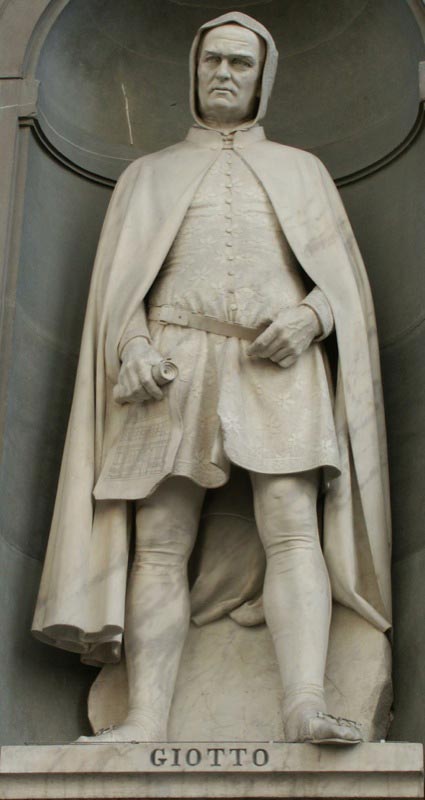
Giotto.
Timber framed houses are built in Boxted in Kent and still survive today. These are amongst the earliest survivals from the medieval period when timber construction was ubiquitous.
A basic spinning wheel for cotton is in use in China.